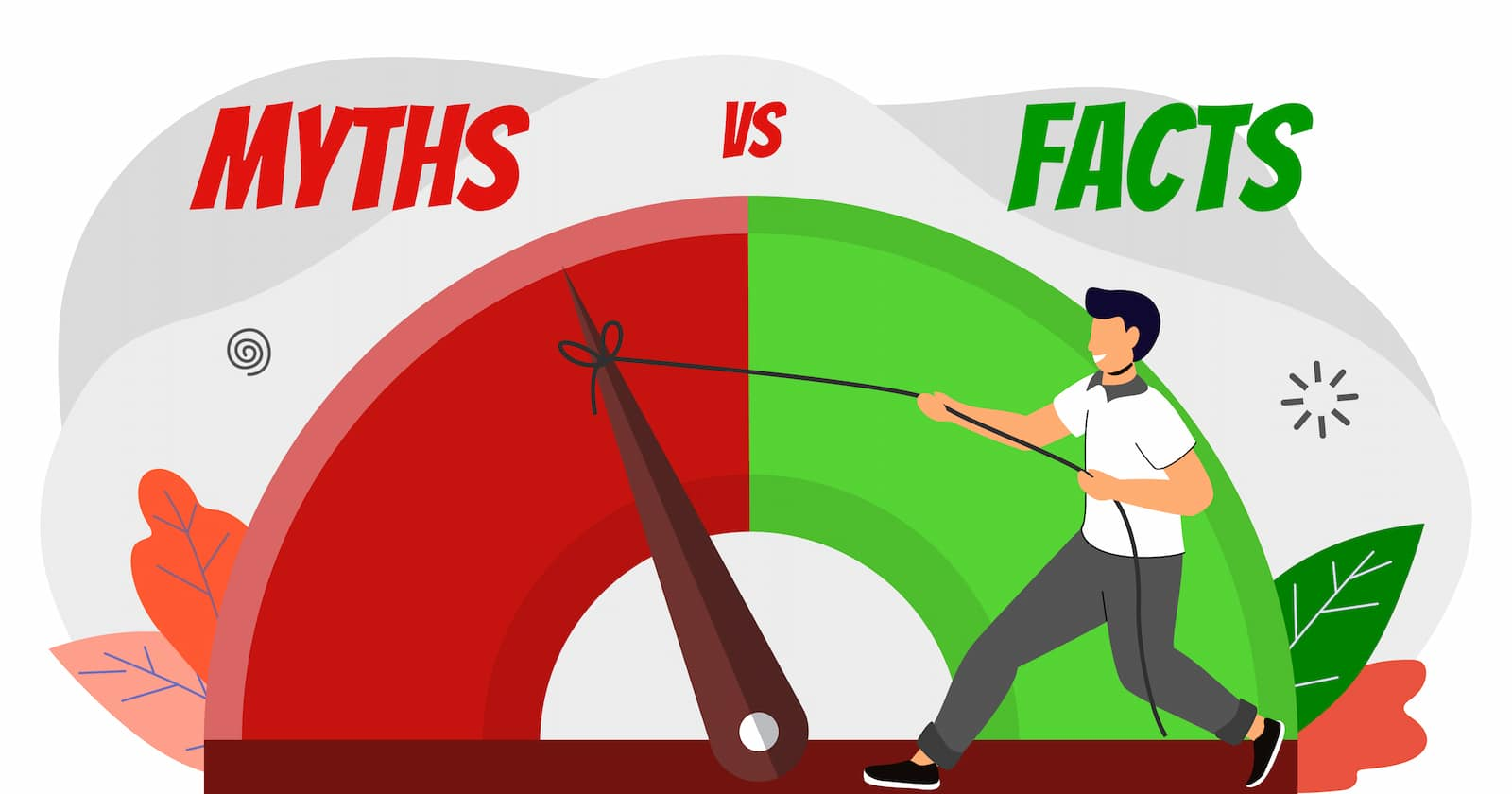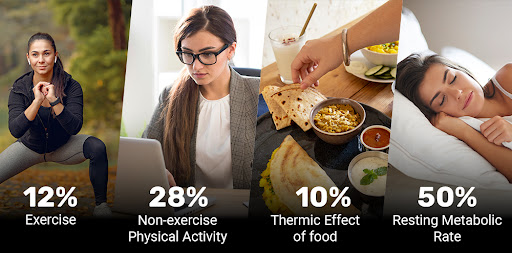Top 15 Myths About TDEE Calculators
Introduction
Total Daily Energy Expenditure (TDEE) is essential in the domains of exercise and nutrition. However, rumors and myths about TDEE might cause confusion. They can also hinder progress towards fitness goals. This detailed tutorial seeks to dispel the top 15 misconceptions regarding TDEE. It clarifies and empowers you with proper information.

1 Myths About TDEE calculator
Myth 1: TDEE is only necessary for weight loss.
While TDEE is important for weight loss, it has broader effects. Understanding your TDEE is vital for achieving a variety of fitness goals. This encompasses weight gain, maintenance, and performance enhancement.
Myth 2: The TDEE is fixed and cannot be changed.
TDEE might vary depending on age, gender, muscle mass, and physical activity intensity. It may also be altered by environmental factor
Myth 3: A higher TDEE means you can eat more.
While a higher TDEE allows for more calories, this does not mean you should overeat. Calorie consumption should be consistent with your fitness goals and nutritional requirements.
Myth 4: Calculating TDEE is Complicated and Inaccurate
TDEE calculation can be simplified by using user-friendly TDEE calculators. These calculators take into account relevant factors. While there may be slight variations in results, most calculators provide accurate estimates.
Myth 5: Age and gender are the only factors that affect TDEE.
TDEE can be affected by a variety of factors, including age, gender, muscle mass, exercise level, and heredity.
Myth 6: Muscle mass has no influence on TDEE.
Muscle mass is an important factor in calculating total daily energy expenditure (TDEE). People with increased muscle mass tend to have a higher Total Daily Energy Expenditure. This means they burn more calories each day than people with less muscle mass.
Myth 7: TDEE Does Not Consider Physical Activity
Physical activity has a significant contribution to TDEE. Your TDEE will rise as your level of physical activity increases. The more physically active a person is, the more calories they burn, resulting in an increased TDEE.
Myth 8: TDEE is the Same for Everyone
TDEE, or Total Daily Energy Expenditure, varies from person to person. This variation depends on individual characteristics and lifestyle factors.
Myth 9: Using a TDEE Calculator is Unnecessary
TDEE calculators provide valuable insights into your energy expenditure. They can help you set realistic calorie goals. They can assist you in making well-informed decisions regarding your diet and exercise.
Myth 10: TDEE is Irrelevant for Fitness Goals
TDEE is a fundamental consideration for achieving any fitness goal. It serves as the foundation for creating an effective nutrition and exercise plan.
Myth 11: Eating less always decreases TDEE
While it’s true that eating less can lead to a lower TDEE, this isn’t always the case. Your body can adapt to lower calorie intake by slowing down your metabolism.
Myth 12: Exercise is the only way to increase TDEE
While exercise can certainly increase your TDEE, it’s not the only factor. Things like muscle mass and the thermic effect of food can also influence your TDEE.

2 TDEE calculators Components
Myth 13: All calories influence TDEE the same way
Not all calories are created equal. The calories from protein, for example, have a higher thermic effect than those from fat or carbohydrates.
Myth 14: TDEE calculators can predict weight loss accurately
While TDEE calculators can provide a useful starting point for weight loss plans, they can’t predict exactly how much weight you’ll lose. Weight loss depends on many factors, including your diet, exercise routine, and individual metabolism
Myth 15: TDEE doesn’t change as you age
As you age, your TDEE tends to decrease due to factors like muscle loss and hormonal changes.
Conclusion
Understanding and accurately measuring your TDEE is critical for achieving fitness goals. You can make more informed decisions by denying these common myths. This can help you optimize your way to attaining your fitness goals. TDEE is a dynamic concept shaped by a variety of circumstances. Regular monitoring and modifications may be required to keep on track.
Frequently Asked Questions
1. How often should I calculate my TDEE?
Your TDEE may vary over time due to factors such as muscle building, weight loss, or changes in activity levels. It is recommended that you reevaluate your TDEE every few months. This ensures that your calorie objectives remain consistent with your fitness requirements.
2. What if my TDEE calculator shows a different value than another calculator?
Slight differences in TDEE estimates between calculators are normal. This can be related to differences in calculations and assumptions implemented. Choose a calculator that takes into account numerous pertinent parameters. It should give you a decent estimate based on the information you submit.
3. May I use a TDEE calculator if I have a medical condition?
If you have any underlying medical conditions, you should see a doctor. This is especially significant before utilizing a TDEE calculator. They can advise you on your specific calorie requirements based on your health demands. They can also provide suggestions on activity levels based on your specific needs.
4. How can I increase my TDEE to burn more calories and lose weight?
Regular physical activity, especially strength training, can increase muscle mass and boost Total Daily Energy Expenditure (TDEE). Additionally, increasing your daily non-exercise activity thermogenesis (NEAT) by fidgeting, taking walks, or using standing desks can contribute to burning more calories.
5. How can I decrease my TDEE to gain weight?
Reducing your physical activity levels and incorporating more rest and recovery into your routine can help decrease your TDEE. Additionally, increasing your calorie intake, particularly through nutrient-dense foods, can support healthy weight gain.